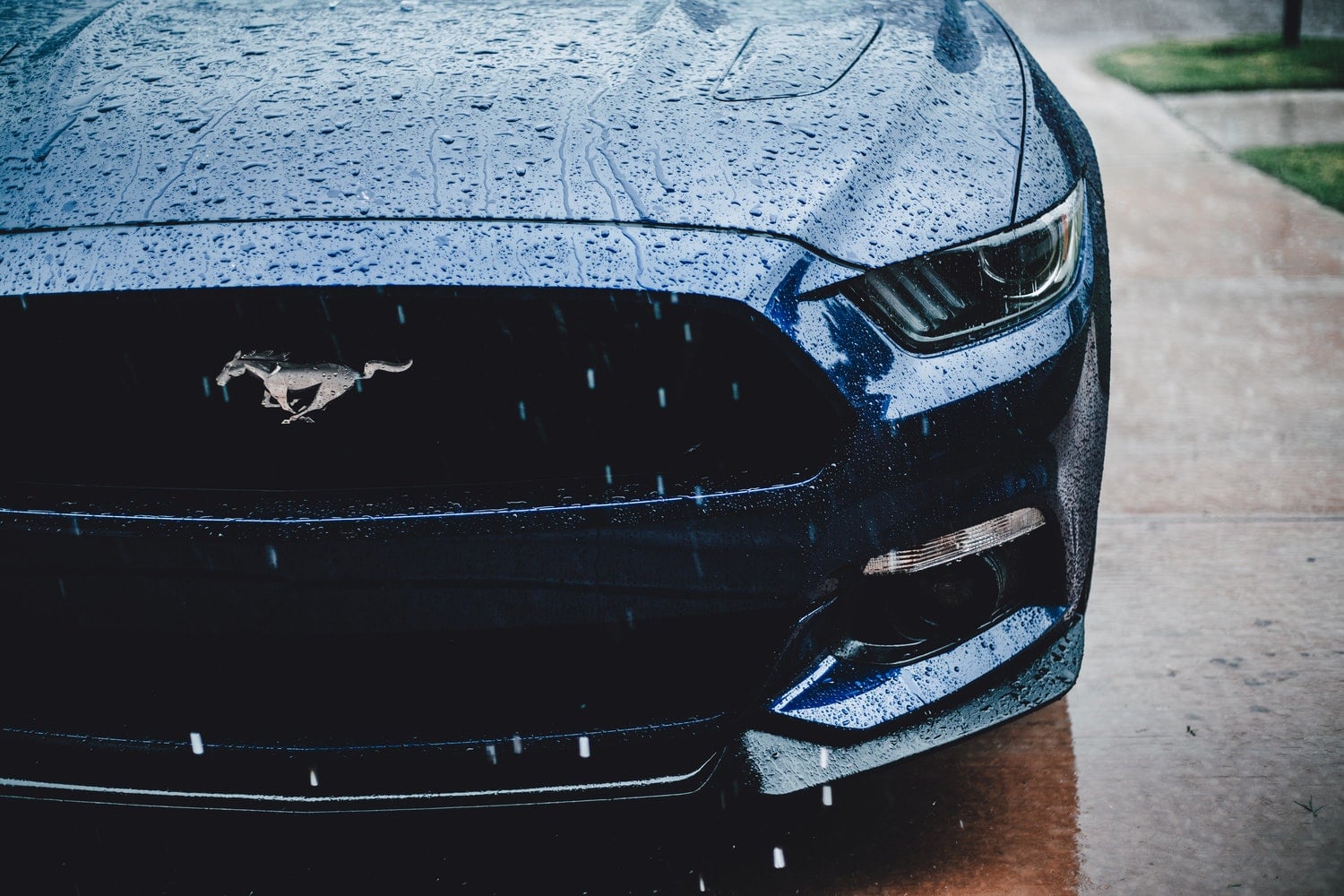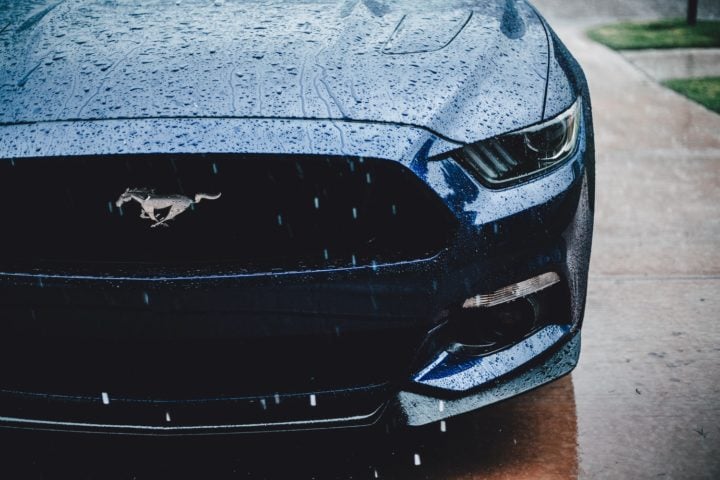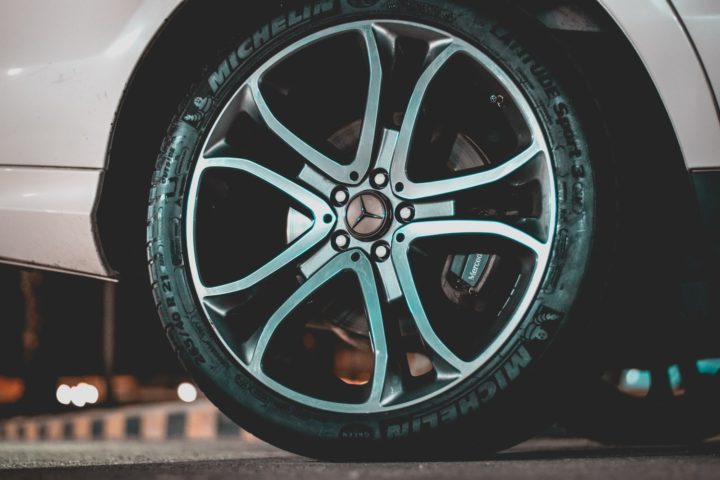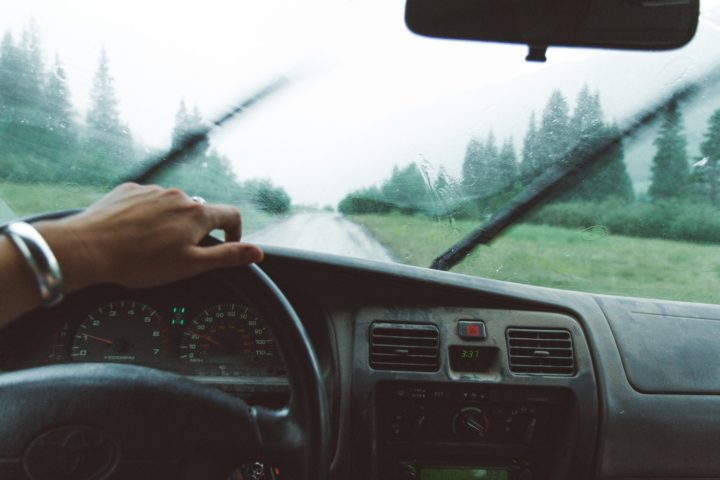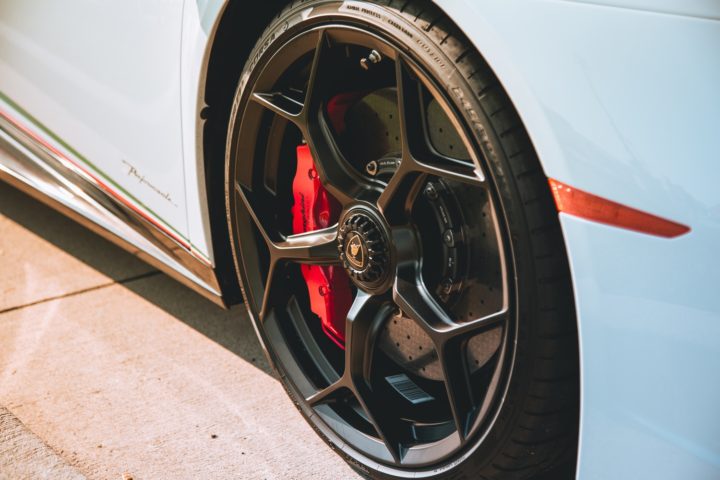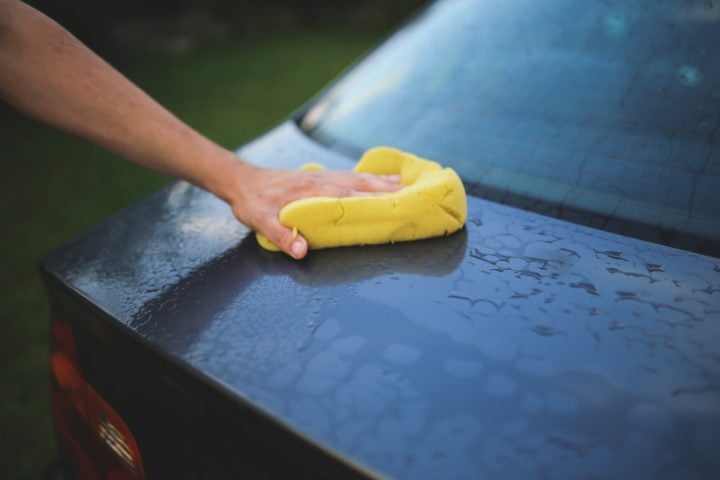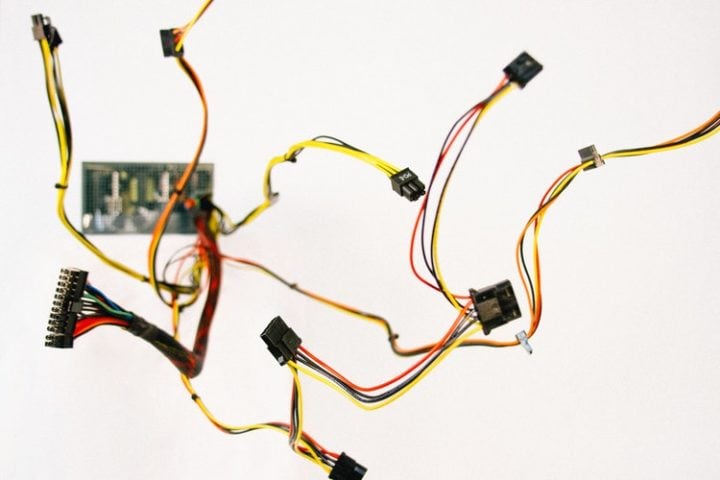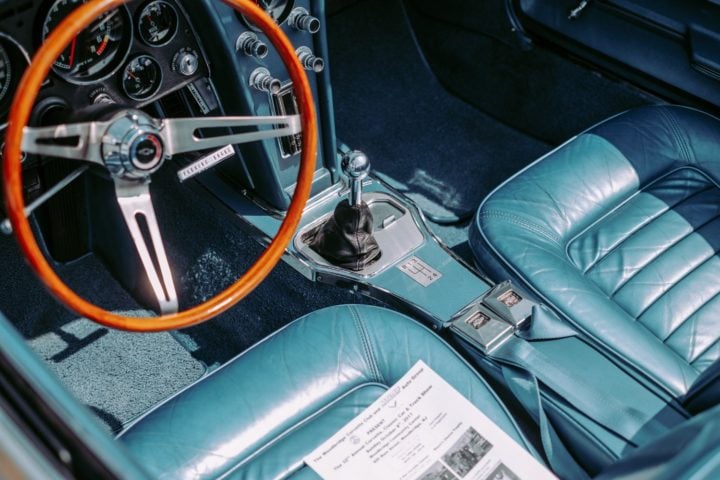Here are some much-needed monsoon car care tips one can stick in order to protect your four-wheeler while you’re on the road and keep your car as protected as possible.
The monsoon season is coming and like always it brings heavy rainfall along with long traffic jams. The rains are bad for your car as the dirt, slush and water sticks to the parts of your cars and result in electrical and rust issues. And then comes waterlogging and in metropolitan cities like Delhi and Mumbai, this causes massive traffic jams.
With monsoon season, we should take extra care towards our car and driving it on the roads. The preventive measures should be taken in order for a safe drive and also keeping our car problem free. Some of the prominent reasons include poor visibility, slippery road surface, more potholes develop on roads in the rainy season, water logging on roads, chances of water or mud sticking to car’s underbody causing corrosion, loss in braking effectiveness, etc.
Car Care Tips For Monsoon – Parts to Check
Most important parts of cars which need special attention during rains include:
- Tyres
- Wipers And Washer
- Brakes
- Body
- Electricals
- Interiors
Tyres
Making sure that the tyres are in excellent condition before the monsoons arrive is of utmost importance. The tread depth should be good enough or else they are likely to skid over slippery surfaces due to aquaplaning. Do check the tyre tread depth. Do check the tyre inflation regularly as tyres tend to lose air pressure quite a bit during the rainy season. This regular check will not only ensure better driving comfort but good tyre life as well.
Suggested Reading: How to Increase Car Mileage – Myths and Tips
Wipers And Washer
Wiper blades have a tendency to wear out quite fast. Do get the wiper blades checked/changed before the monsoons begin. Also, do check the wipers for proper functioning at all speeds. Keep the wiper washer bottle topped up and if you want you can add a mild detergent to keep the windshield glass clean.
Brakes
Brakes are one of the most crucial parts of a car. You should regularly clean and replace if needed, the brake pads. Do get the brake fluid levels checked. Brakes lines should be checked too to ensure there is no air/water ingress. Ensure there is adequate brake pedal play for optimum brake operation.
Suggested Reading: What to Do When Driving Through a Flooded Road? What If You Get Stuck?
Body
Do not let water, rainwater included, sit on your car. It will adversely affect your car’s paint. While that will be difficult when driving in rainy conditions, using wax polish will help form a thin, protective layer on your car’s paint. The wax will not only protect the paint but will also allow water to roll off easily. Greasing all the door hinges is also necessary. Use anti-corrosion spray on exposed metal areas. Get the rubber lining on doors checked/replaced before monsoons arrive.
Suggested Reading: How To Protect Your Car From Dust?
Electricals
If you see any loose or weak electrical connections, patch them up. Make sure external wires are insulated. Also, ensure that all the fuses are working fine and do carry some extra fuses. Check all the lights as it is advisable to keep your parking light and brake light on while driving.
Suggested Reading: When to Change Your Car’s Tyres & How to Increase Tyre Life – Tips
Interior
At times, water flows into the cabin area and damages the carpets and flooring. Place another set of mats(old mats) so that they soak up the dirty water. It is better to use fabric mats instead of rubber mats. Use a vacuum cleaner to clean the car regularly so that there is no bad odour left and in case your seats get wet, keep the windows open to prevent fungus development.
General Car Care Tips For Monsoon
- Get the car battery checked. Also, apply a coat of petroleum jelly on the terminals to protect them from moisture.
- Get the Air Conditioner checked and when using the demister, set the fan speed to low, turn the vent control to the windscreen, set the control to fresh outside air, and turn on the AC.
- In case it is raining heavily and you cannot see ahead, turn on the headlights and fog lights and drive slowly.
- If you have to drive through stagnant water, do not panic. Put the car in first gear and move ahead slowly. Ensure you do not have to come to a stop in the stagnant water. If you cannot avoid it, just keep revving your car a bit to keep the water from entering the exhaust system.
- Drive slow on rainy days when the roads are still wet as the stopping distance usually increases considerably on wet roads. Also, brakes may be slightly less effective on rainy days as water generally seeps into the brake pads and disks.
We wish you safe and comfortable driving during rains. Stay tuned to Car Blog India for more useful tips. And do let us know if you found our Car Care Tips For Monsoon or Rainy Season useful or not.

